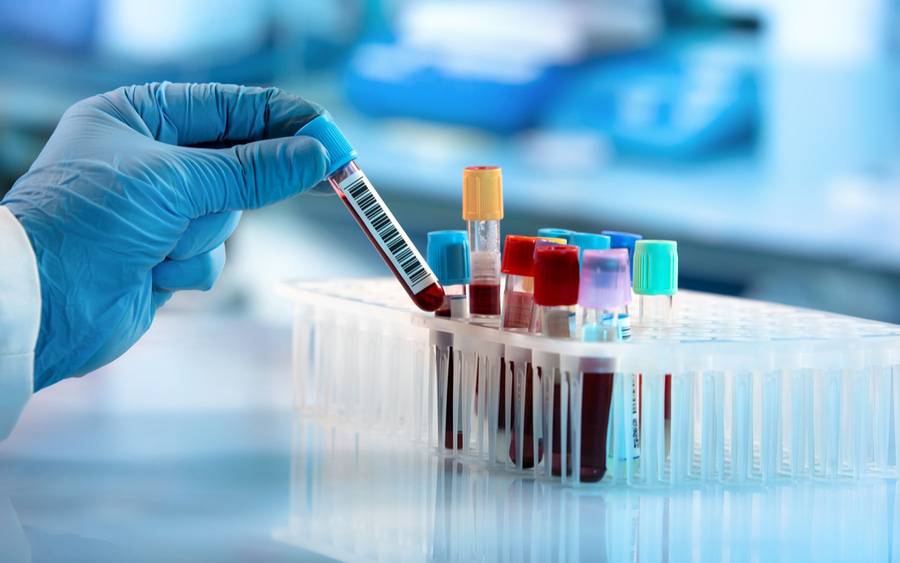
Anemia Management in CKD (Chronic Kidney Disease)
Anemia is a common and morbid complication of chronic kidney disease that causes unpleasant symptoms and reduces the quality of life. The two of the most important medical treatment methods for anemia management in people with CKD are recombinant human erythropoietin (rHuEPO) and erythropoiesis-stimulating agents (ESAs).
Recombinant human erythropoietin (rHuEPO)
Blood transfusions were used to treat anemia until the 1990s. Allergies, iron overload and infections were among the dangers of transfusions. One of the most significant advances in the treatment of this population in the last few decades was the availability of recombinant human erythropoietin (rHuEPO) in 1989. Recombinant human erythropoietin (rHuEPO) is a protein made in a lab that mimics the effects of erythropoietin formed naturally in the body. Patients are given rHuEPO to improve their red blood cell development. People with CKD who aren’t on dialysis get injections at their doctor’s office. Those doing in-center hemodialysis can get rHuEPO intravenously (IV) while they are on dialysis treatments if it’s prescribed by their doctor.
Erythropoiesis-stimulating agents (ESAs)
Erythropoietin (EPO) is produced by the kidney and used to make red blood cells. Erythropoiesis-stimulating agents are used often for people to make hemoglobin and EPO, with long-term kidney disease and anemia. These drugs are given by injection (shot) and work by stimulating the production of more red blood cells. These cells are then released from the bone marrow into the bloodstream. There are two ESAs on the U.S. market: epoetin alfa (Procrit,® Epogen®), and darbepoetin alfa (Aranesp®). The side effects that occur most often with ESA use include High blood pressure, Swelling, Fever, Dizziness, Nausea, Pain at the site of the injection.
Treatment with erythropoiesis-stimulating agents (ESAs) has improved patients’ lives, but recent studies have found that higher hemoglobin (Hgb) targets cause harm, resulting in more cautious treatment. Despite widespread recognition by clinicians and patients of the value of this biological agent, the high cost and new concerns over safety have led to a reexamination of its use.
Managing Iron deficiency
Iron is a mineral that is needed for the production of healthy red blood cells in the body. Iron deficiency anemia occurs when the body is unable to produce enough red blood cells due to a lack of iron. Iron deficiency may occur as a result of a lack of iron-rich foods in the diet, such as red meat, green leafy vegetables, and eggs, as well as infection, inflammation, or blood loss due to hemodialysis, menstruation, or other causes. Iron levels must be determined in order to treat anemia. To assess the cause of iron deficiency, the doctor will most likely prescribe blood tests. Over the past decade or more, attention has shifted to the role and management of iron deficiency in anemia of CKD. In CKD patients there is often a complex inflammatory state which renders the diagnosis of iron deficiency difficult when using its standard markers, such as serum iron, serum total iron-binding capacity, or ferritin. In recent years evidence has been published on newer markers of iron deficiency and intravenous iron preparations.
Managing anemia in people with kidney disease helps prevent fatigue and other symptoms, improves heart health, and decreases hospitalizations. Talk to your doctor or members of your health care team to learn more about anemia management in CKD.











